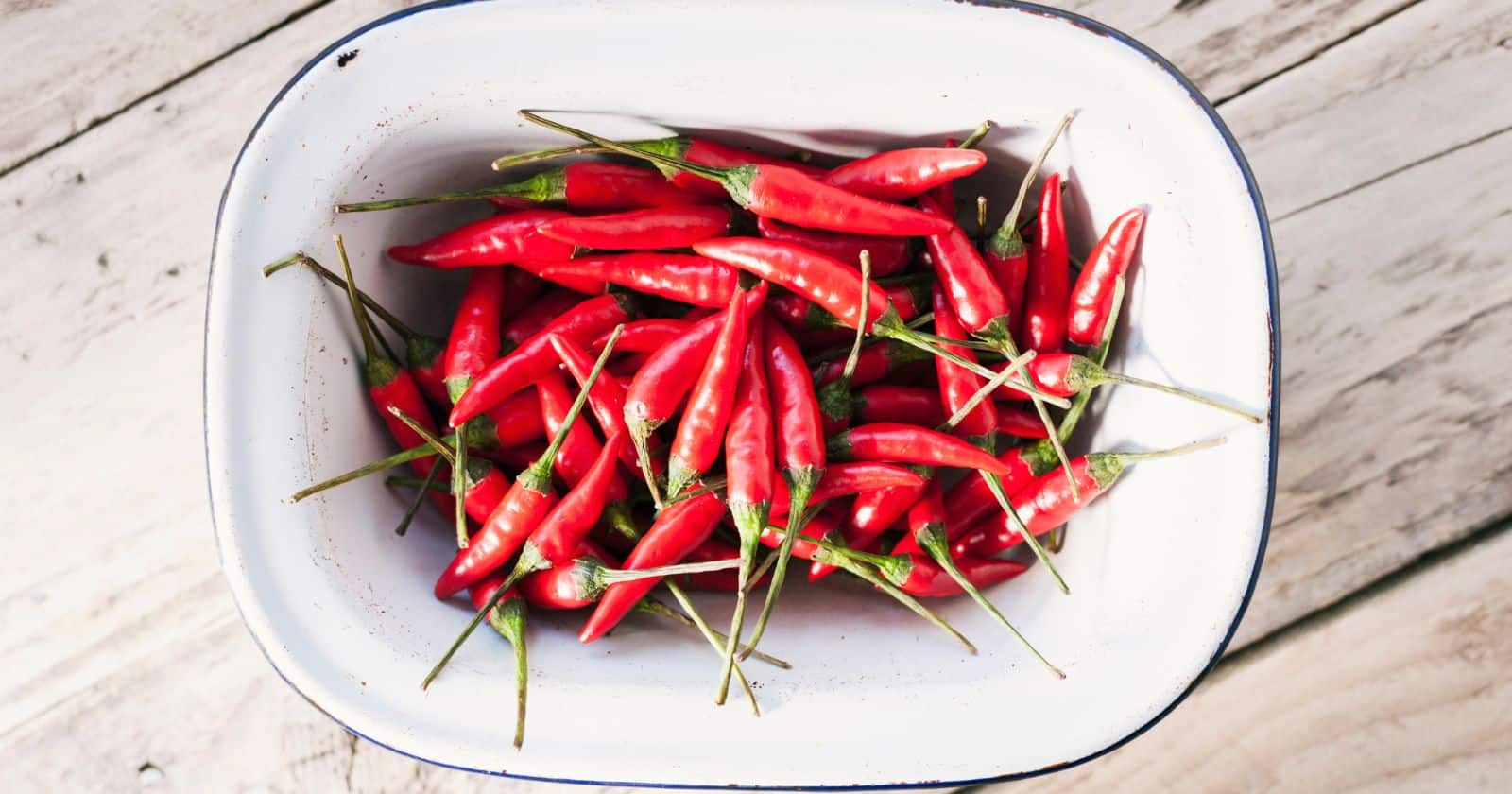Have you grown peppers that never quite reached that ripe, vibrant red color you expected? Or are you simply fascinated by the science behind peppers transforming from green to red? This article uncovers the reasons for this remarkable process.
We’ll explore the genetics, chemistry, and environmental factors that determine whether peppers turn red or remain green. Understanding the pigments, compounds, and conditions that create color change will help you unlock more successful red pepper harvests.
Read on to learn:
- The pigments that give peppers their color
- Why some pepper varieties stay perpetually green
- Ideal conditions for achieving ruby red peppers
- Common problems that inhibit reddening
- Creative uses for unripened green peppers
The key to red color in peppers lies in pigments like chlorophyll, carotenoids, and anthocyanins. As the pepper ripens, chlorophyll breaks down as carotenoids increase, creating the transformation from green to vivid red shades.
A quick overview:
- Chlorophyll gives unripe peppers their green hue.
- Carotenoids like lutein and beta-carotene produce red, orange, yellow.
- Anthocyanins create purple or black pepper shades.
Understanding the interplay between these pigments is the first step to maximizing color outcomes for any pepper variety. Next, let’s explore other factors impacting the remarkable red transformation process.
The Science of Pepper Pigmentation
The key to red peppers lies in pigmentation. Here’s an overview of what gives peppers their colorful hues:
- Chlorophyll – gives unripe peppers their green color.
- Carotenoids – pigments like beta-carotene and lutein that produce yellow, orange, and red.
- Anthocyanins – pigments that create purple or black colors.
As peppers ripen, chlorophyll breaks down while carotenoids and anthocyanins increase, resulting in color transformations from green to red, orange, yellow, or purple depending on the variety. Next, let’s look closer at the factors impacting pigment production.
What Determines a Pepper’s Color Destiny?
A pepper’s final color is influenced by a combination of factors. Here are some of the key elements that shape a pepper’s colorful fate:
Maturity Level
- Unripe peppers contain more chlorophyll, giving them a green hue.
- As peppers mature, carotenoids increase, producing red, orange, and yellow shades.
- A pepper’s ripeness level directly correlates to its final pigmentation.
Genetics
- The pepper variety determines its genetic color potential.
- For example, mature bullhorn peppers always reach a deep red, while orange habaneros stay orange.
- Some peppers are genetically destined to remain green even when ripe.
Growing Conditions
- Temperature, sunlight levels, soil quality, and watering impact pigment production.
- For example, too much nitrogen fertilizer can inhibit carotenoids, limiting red color.
- Optimizing conditions encourages the best expression of the variety’s color genetics.
Now let’s explore how these factors interact to create different color outcomes.
Why Some Peppers Never Turn Red
While many peppers transition from green to red as they ripen, some varieties are genetically programmed to stay green. Here’s an overview of peppers that maintain their verdant hues:
- Green Bell Peppers – Remain green when ripe, but can turn red, yellow, or orange if allowed to over-ripen past prime picking stage.
- Padron Peppers – Stay green even when mature, but occasionally a few on each plant will turn red.
- Shishito Peppers – Mostly remain green when ripe, with about 1 in 10 turning red.
- Poblano Peppers – Ripe poblanos are green; they turn a reddish-brown color when dried.
Even when fully mature, these pepper varieties either lack sufficient carotenoids or fail to suppress enough chlorophyll to show outward color changes. Next up, let’s look at the key factors that actively promote red pigmentation.
Achieving Vibrant Reds – Optimal Ripening Conditions
Getting those gorgeous, ripe red peppers requires the right environmental conditions and care. Here are tips for coaxing the best color transformation:
- Ensure consistent soil moisture – irregular watering inhibits ripening.
- Allow 80-90 days of summer heat for full maturity.
- Give plants at least 6 hours of direct sunlight daily.
- Maintain daytime temperatures of 75-85°F and nighttime temps above 55°F.
- Limit high nitrogen fertilizer after fruits start forming.
- Harvest peppers at peak ripeness when fully sized and shiny.
- Store freshly picked peppers at room temperature away from sunlight.
With the right care and patience, you can revel in a bountiful harvest of radiant red peppers!
Common Problems Preventing Reddening
If your peppers fail to turn red, any one of these common issues could be the culprit:
- Cold Soil – Tomatoes need soil temperatures above 55°F to thrive and ripen.
- Low Light – Tomatoes require at least 6 hours of direct sunlight per day for proper fruit development.
- Excess Nitrogen – Too much nitrogen fertilizer causes more foliage growth rather than fruits.
- Overwatering – Excess moisture inhibits nutrient absorption, slowing growth and maturity.
- Under-ripening – Picking peppers prematurely interrupts the ripening process.
- Sunscald – Intense sun exposure can create white, flattened patches that won’t redden.
Correcting these problems next season will set your peppers up for success!
Interesting Uses for Green Peppers
While red peppers boast higher vitamin content, don’t dismiss unripened green peppers! Here are some tasty ways to use up green peppers:
- Slice into salads for a crunchy, fresh addition.
- Grill or roast them for a sweeter flavor.
- Pickle crispy green peppers for a tangy treat.
- Stuff halved peppers with cheese, meat, grains or veggies.
- Puree into a bright green pepper sauce.
- Fry into pepper poppers with a cheese filling.
With creative recipes, you can take green, unripe peppers from disappointment to delicious edible delights!
The Takeaway – Celebrating Pepper Diversity
While most peppers turn red, each variety follows its own unique path thanks to the interplay of maturity, genetics, and environmental factors. Instead of focusing on limitations, appreciate the diversity of colors and flavors different pepper types offer. With optimal care tailored to the variety, you can enjoy a full spectrum of pigments. The mysteries of nature offer so much to discover and celebrate in our backyards and on our plates!





